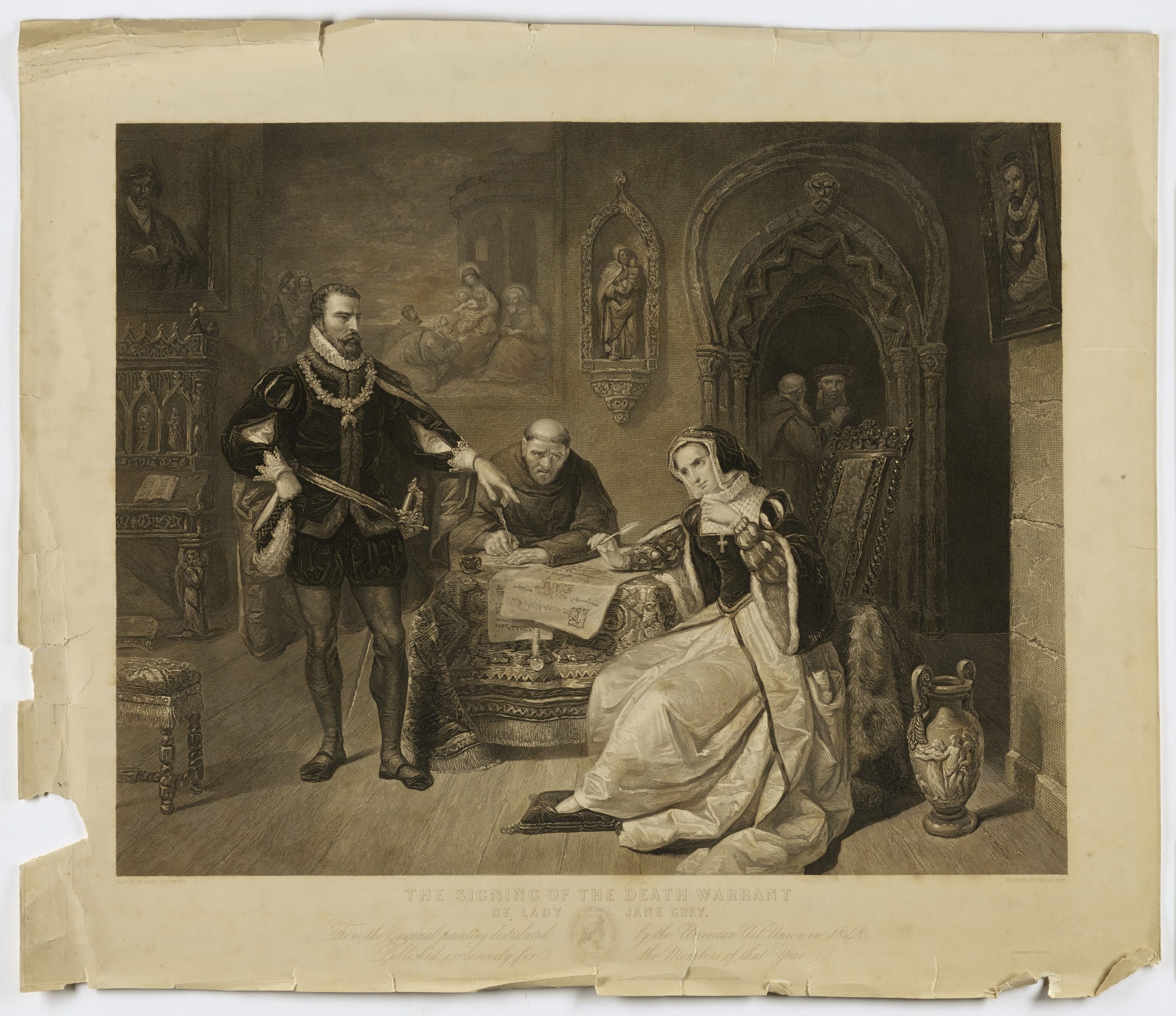In keeping my promise made in my last blog post, When Words Collide: Policy Interpretation Doctrines and the 10 Commandments. Understand your Insurance Policy Better—RTFP!, I will continue to write new installments on the rest of Bill Wilson’s 10 Commandments for Policy Interpretation. This discussion is on another important insurance doctrine that should be known by anyone working within the insurance industry: contracts of adhesion.
In his book, When Words Collide: Resolving Insurance Coverage and Claims Disputes, author Bill Wilson describes the “10 Commandments of Policy Interpretation.” These 10 doctrines are vital for anyone—from policyholders to attorneys to adjusters. Understanding these 10 commandments will ensure that you, the policyholder, are ready and knowledgeable if ever faced with a claim situation.
To reiterate what the 10 doctrines are, they are described as:
- 1. Insurance is NOT a Commodity
- 2. RTFP! (Read the FULL Policy)
- Don’t accept a claim denial as gospel
- The purpose of insurance is to insure
- All parties have a duty of utmost good faith
- Most insurance policies are contracts of adhesion, so insuring agreements are interpreted broadly, exclusions narrowly and ambiguities in favor of the insured
- The burden of proof in determining coverage rests with both parties in the insurance contract
- Exclusions must be clear and conspicuous
- The duty to defend is broader than the duty to indemnify
- Folklore is not a fact1
Today, I wanted to take the time to write a little bit about #6, which is the idea of an insurance policy being a “contract of adhesion.”
If you asked most policyholders what a “contract of adhesion” was, they probably would look at you funny. Black’s Law Dictionary defines a contract of adhesion as “standardized contract form offered to consumers of goods and services on essentially [a] “take it or leave it” basis without affording [the] consumer [a] realistic opportunity to bargain and under such conditions that [the] consumer cannot obtain [the] desired product or services except by acquiescing in the form contract.”2
The concept of a contract of adhesion is important because depending on just how strong the contract’s terms are in favor of the more powerful party, a court may avoid enforcement of the contract. In legal terms, this would be avoidance of contract based on unconscionability. While an adhesion contract has been defined as the use of a unilateral form without the ability to bargain, the use of a standard form and the existence of relatively unequal bargaining positions do not alone invalidate an otherwise valid contract.3
Under Black’s definition of a contract of adhesion, it is fairly simple to understand how this may apply to an insurance policy. The insurance company provides standardized contracts (insurance policies) to consumers (the policyholders) and in doing so, the policyholder has limited opportunity to bargain and substantively change the terms and conditions of the agreement. Other examples of contracts that may commonly be considered contracts of adhesion would be rental leases and mortgage contracts.
In his book When Words Collide, as well as an article on InsuranceJournal.com, Bill Wilson explains how the concept of adhesion contracts fit squarely within the realm of insurance policies and insurance disputes. He states that the idea of the contract of adhesion is important to policyholders when disputes arise as to the interpretation of ambiguous or overbroad language within the policy. Specifically, in his article on InsuranceJournal.com, Wilson states:
In litigated claims, if the court can be convinced that a policy provision is ambiguous and the policyholder’s interpretation for coverage is as valid as the insurer’s interpretation against coverage, the court will find for the policyholder the vast majority of the time.
One of the reasons for this is that most insurance policies are contracts of adhesion. The language was drafted by the insurer and the insured has no way of clarifying that language other than broad coverage modifications via endorsements that were also drafted by the insurer.4
Thus, while the concept of a “contract of adhesion” sounds rather scary and does in fact mean that an insurance company holds the higher bargaining power, courts commonly recognize this idea and the disparity between the parties. The recognition of such an idea has, in turn, helped evolve one of the most common insurance contract interpretation principles: ambiguous terms in a policy are construed in favor of the policyholder.
________________________________
1 Bill Wilson, When Words Collide: Resolving Insurance Coverage and Claim Disputes, 75 (2018).
2 Black’s Law Dictionary, 6th Ed. (1990).
3 § 6:4.Adhesion contracts; unconscionable clauses, 8 Fla. Prac., Constr. Law Manual § 6:4 (2020-2021 ed.).
4 Bill Wilson, Resolving Claim Disputes: Step 2…Other Policy Interpretation Doctrines, Insurance Journal, https://www.insurancejournal.com/magazines/mag-features/2019/08/05/534727.htm




